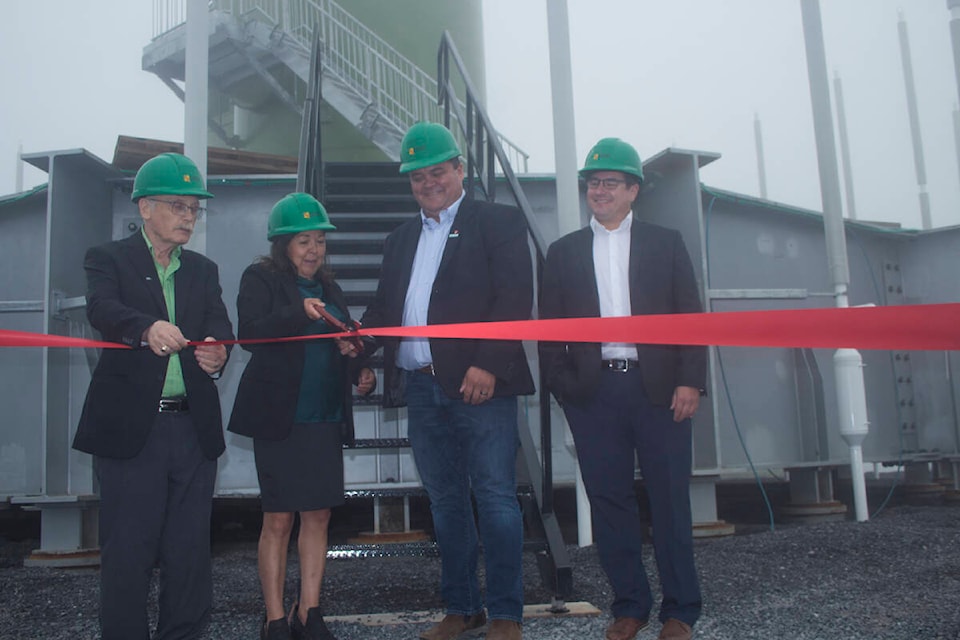Inuvik Wind Turbine project has now been standing for eight months and is now handling 11 per cent of the community's month electricity needs on average.
In an email to Inuvik Drum, Northwest Territories Power Corporation communications manager Doug Prendergast said the turbine has pumped out 3.2 gigawatt hours (GWh) of electricity in that time.
"Over this first year of operation, NTPC workers will be gaining experience on how to most effectively use the battery energy storage system (BESS) and microgrid controller to graduate the transition between the wind and diesel or gas generation when wind generation increases or decreases," said Prendergast."They will also gain a better understanding of how the system works during a range of weather conditions and at different times of year. The intent is clearly to maximize the wind generation being provided to customers in Inuvik.
"Earlier this week, a one-megawatt solar array owned by Nihtat Energy Limited was connected to the Inuvik grid and has begun contributing additional renewable electricity to the system, although testing of the connection is still underway. NTPC operators will require additional experience integrating the solar array into the Inuvik generation mix to help keep fossil fuel consumption as low as possible."
For comparison, 3.2 GWh amounts to about 1.28 million litres of diesel fuel burned in an efficient, constantly running generator. At full operation the Inuvik Wind Turbine is expected to offset approximately three million litres of diesel per year. Inuvik burns approximately five million litres of diesel annually.
